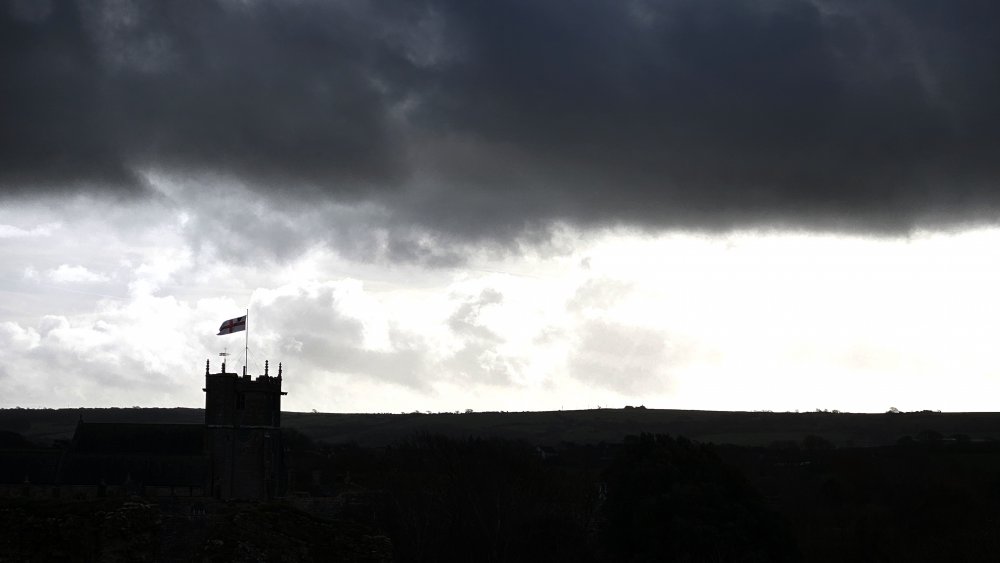Nul ne sait comment adviennent les choses rêvées
The civil parish of Corfe Castle stretches across the width of the Isle of Purbeck, with coasts facing both the English Channel and Poole Harbour. It, therefore, includes sections of both the low-lying sandy heathland that lies to the north of the castle and the rugged Jurassic Coast upland to the south. The name « Corfe » is derived from the Old English word, ceorfan, meaning to cut or carve, referring to the gap in the Purbeck hills where Corfe Castle is situated.
The Church was probably built during the 12th century. The earliest known incumbent is recorded in 1280. It was named after St Edward the Martyr who was murdered on 18th March 978 on the orders of Queen Alfthryth, his stepmother. The story goes that his body was hidden in a hovel where a blind woman discovered it. Her sight was restored when she found the body. This is where the present church stands. During the Civil War (1642-1646), Parliamentary troops stationed themselves inside the church using the church as stabling for their horses and men. Much damage was caused – church records were burnt, the door was used in battle and masonry used for target practice. Shot marks can still be seen both inside and outside the church.
In 1859-60, the church under went a major restoration mainly because the walls were bulging out by a foot (30cms) so all the walls were pulled down, apart from the tower, and rebuilt. Galleries that had been installed in the 18th century were removed and the church re-roofed. The east window was replaced and all the chest tombs removed to create more space. It was re-consecrated on 23rd June 1860 and it poured with rain the whole day so the festivities had to be postponed.
The tower was built between the late 14th or early 15th century by the Beaufort family (Constables at the castle during this time). The tower rises to 65 feet outside.
Publié le 30 décembre 2023

